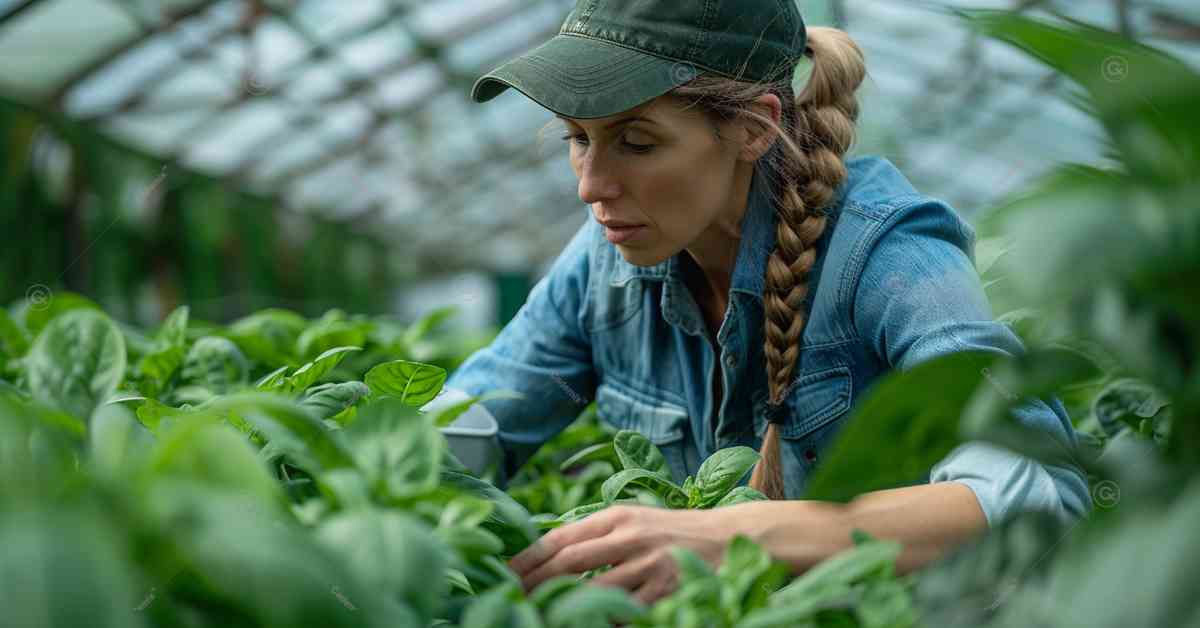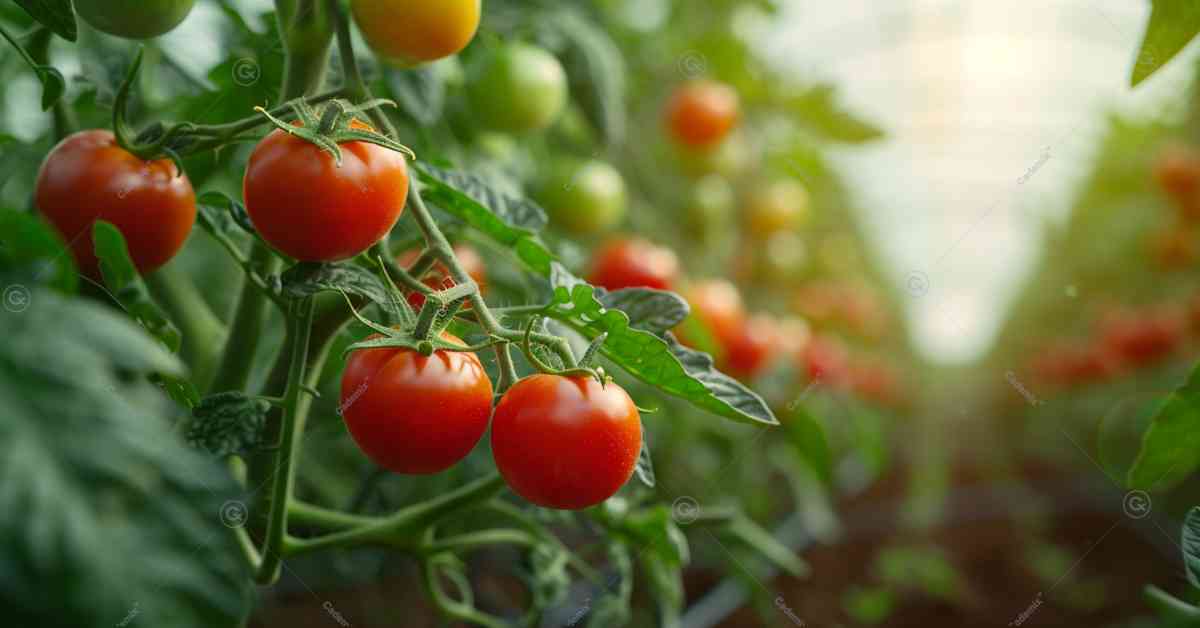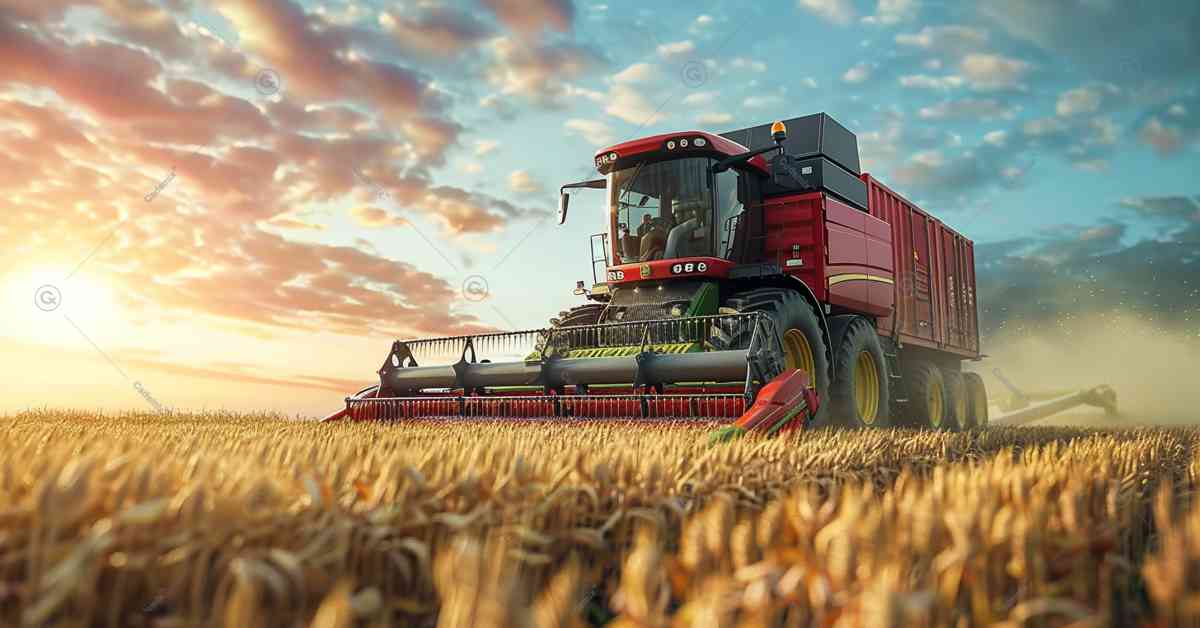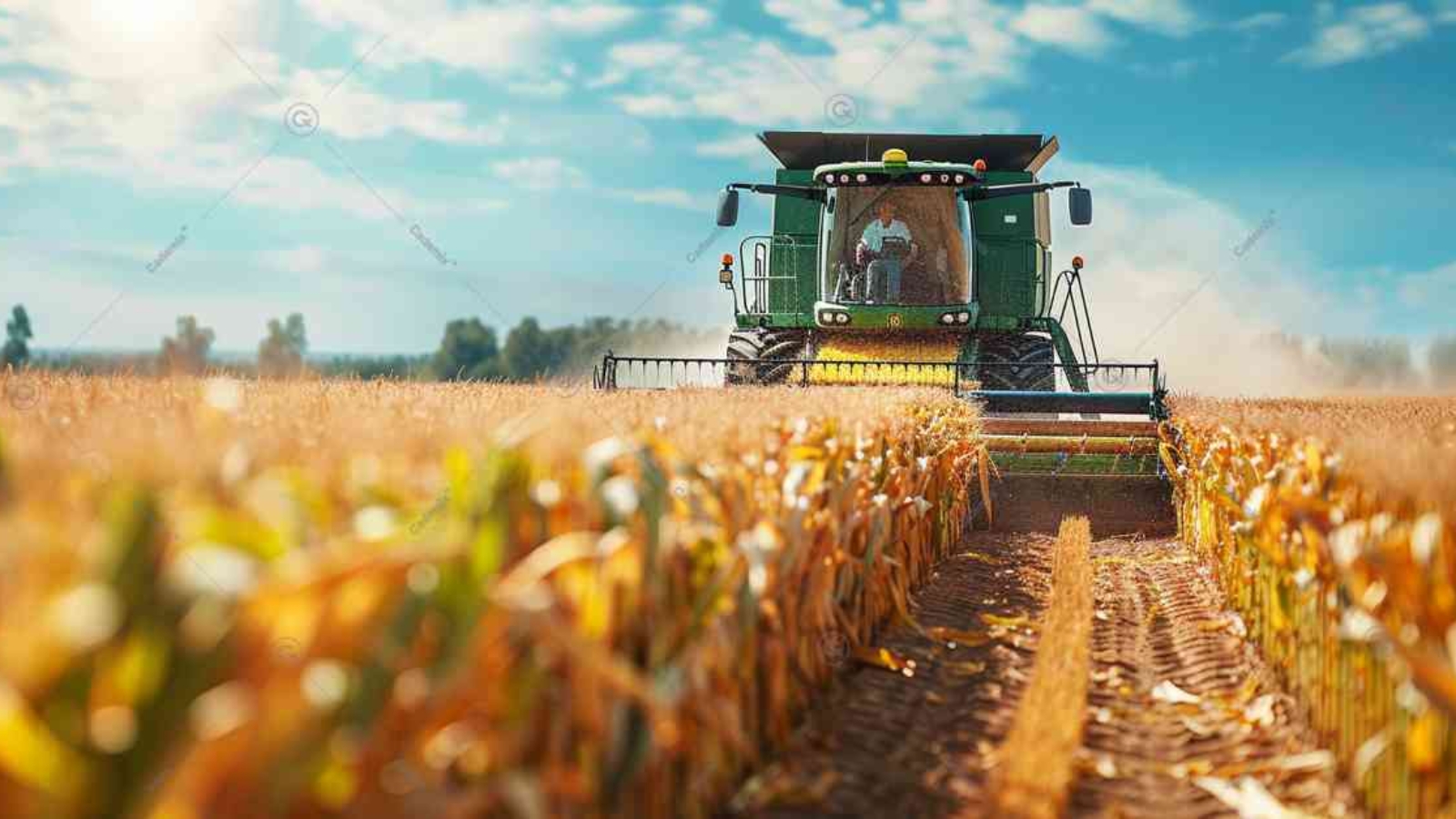Climate smart agriculture (CSA) is an integrated approach to managing landscapes—cropland, livestock, forests, and fisheries—that addresses the interlinked challenges of food security and climate change. This comprehensive white paper explores the strategies, practices, and policies associated with CSA, providing valuable insights for researchers, policymakers, and practitioners. The focus is on how CSA can enhance productivity, resilience, and sustainability in the agricultural sector.
Keywords: climate-smart agriculture, CSA, sustainable agriculture, food security, climate resilience, agricultural policies
Introduction
Climate-smart agriculture (CSA) is an innovative approach aimed at transforming agricultural systems to support sustainable development while addressing climate change. CSA integrates three main objectives: increasing agricultural productivity, enhancing resilience to climate change, and reducing greenhouse gas emissions. This white paper delves into the principles of CSA, its implementation strategies, and the policies that support its adoption. The goal is to provide a detailed resource for stakeholders involved in agriculture and climate policy.

Principles of Climate-Smart Agriculture
Enhancing Productivity
Sustainable Intensification
Sustainable intensification involves increasing agricultural productivity on existing farmland while minimizing environmental impact. This principle focuses on using resources more efficiently and adopting practices that enhance soil health and biodiversity.
- Precision Agriculture: Utilizing technology to apply inputs such as water, fertilizers, and pesticides more efficiently.
- Improved Crop Varieties: Developing and planting crop varieties that are high-yielding, disease-resistant, and climate-resilient.
- Integrated Pest Management (IPM): Combining biological, cultural, and chemical practices to manage pests sustainably.
Building Resilience
Adaptation to Climate Change
Building resilience in agricultural systems is crucial for adapting to the impacts of climate change. This involves implementing practices that help crops and livestock withstand extreme weather events, such as droughts, floods, and temperature fluctuations.
- Agroforestry: Integrating trees into agricultural landscapes to provide shade, improve soil health, and reduce erosion.
- Water Management: Adopting efficient irrigation techniques, such as drip irrigation and rainwater harvesting, to conserve water and ensure its availability during dry periods.
- Diversification: Growing a variety of crops and raising different livestock species to spread risk and increase resilience.
Mitigating Climate Change
Reducing Greenhouse Gas Emissions
Mitigating climate change involves reducing greenhouse gas emissions from agricultural activities. This can be achieved through practices that enhance carbon sequestration and improve the efficiency of resource use.
- Conservation Tillage: Reducing or eliminating tillage to maintain soil structure, enhance soil carbon sequestration, and reduce fuel use.
- Methane Management: Implementing practices to reduce methane emissions from livestock and rice paddies, such as improving feed quality and water management.
- Agroecology: Promoting ecological farming practices that enhance biodiversity, reduce chemical inputs, and sequester carbon.

Strategies for Implementing Climate-Smart Agriculture
Technology and Innovation
Precision Agriculture
Precision agriculture involves the use of advanced technologies to optimize field-level management of crops and livestock. This includes GPS-guided equipment, remote sensing, and data analytics to improve the efficiency of agricultural practices.
- GPS and GIS Mapping: Creating detailed maps of farm fields to guide planting, fertilization, and irrigation.
- Remote Sensing: Using satellite or drone imagery to monitor crop health, soil moisture, and pest outbreaks.
- Data Analytics: Analyzing data from various sources to make informed decisions about crop management and resource use.
Biotechnology
Biotechnology can play a significant role in climate-smart agriculture by developing crops that are more resilient to climate change and have higher nutritional value.
- Genetically Modified Organisms (GMOs): Developing crop varieties that are resistant to pests, diseases, and environmental stresses.
- Marker-Assisted Breeding: Accelerating the breeding process by using molecular markers to select for desirable traits.
- Biofortification: Enhancing the nutritional content of crops to address malnutrition and improve health outcomes.

Sustainable Practices
Conservation Agriculture
Conservation agriculture aims to improve soil health and productivity while reducing environmental impact. Key practices include minimal soil disturbance, maintaining soil cover, and crop rotation.
- No-Till Farming: Planting crops without tilling the soil to preserve soil structure and reduce erosion.
- Cover Cropping: Growing cover crops during off-seasons to protect the soil, improve fertility, and suppress weeds.
- Crop Rotation: Rotating different crops in the same field to improve soil health, reduce pest and disease pressure, and increase biodiversity.
Agroforestry
Agroforestry integrates trees and shrubs into agricultural systems, providing multiple benefits such as improved soil health, enhanced biodiversity, and increased resilience to climate change.
- Alley Cropping: Growing crops between rows of trees to maximize land use and provide shade.
- Silvopasture: Combining trees, forage, and livestock to create a productive and sustainable system.
- Windbreaks: Planting trees or shrubs to protect crops and soil from wind erosion and reduce water loss.
Policy and Governance
Supporting Policies
Effective policies are essential for promoting the adoption of climate-smart agriculture. These policies should provide incentives for sustainable practices, support research and innovation, and ensure that farmers have access to necessary resources and information.
- Subsidies and Incentives: Providing financial support for farmers adopting CSA practices, such as subsidies for precision agriculture equipment or payments for ecosystem services.
- Research and Development: Investing in research to develop new technologies, crop varieties, and sustainable practices that enhance CSA.
- Extension Services: Strengthening agricultural extension services to provide farmers with the knowledge and skills needed to implement CSA practices.
International Cooperation
International cooperation is vital for addressing the global challenges of climate change and food security. Collaborative efforts can enhance the sharing of knowledge, technologies, and resources among countries.
- Global Partnerships: Participating in international initiatives and partnerships, such as the Global Alliance for Climate-Smart Agriculture (GACSA), to promote CSA practices worldwide.
- Funding Mechanisms: Accessing international funding sources, such as the Green Climate Fund, to support CSA projects and initiatives.
- Knowledge Sharing: Facilitating the exchange of information and best practices through international conferences, workshops, and online platforms.
Case Studies of Climate-Smart Agriculture
Asia
Climate-Smart Rice Production in Vietnam
Vietnam has implemented climate-smart agriculture practices to improve rice production and resilience to climate change. The System of Rice Intensification (SRI) has been adopted to increase yields, reduce water use, and lower greenhouse gas emissions.
- SRI Practices: SRI involves planting fewer, younger seedlings, spacing plants wider apart, and using less water.
- Benefits: Farmers have reported increased yields, improved water efficiency, and reduced methane emissions from rice paddies.
- Support: The Vietnamese government and international organizations have provided training, technical assistance, and financial support to promote SRI.
Africa
Agroforestry in Kenya
Kenya has promoted agroforestry as a climate-smart agriculture practice to enhance resilience, improve soil health, and increase biodiversity. Projects like the Green Belt Movement have encouraged the planting of trees on farms and in communities.
- Agroforestry Practices: Farmers integrate trees and shrubs into their cropping systems to provide shade, reduce erosion, and improve soil fertility.
- Benefits: Agroforestry has improved crop yields, provided additional sources of income, and enhanced ecosystem services.
- Support: Government policies, NGOs, and international organizations have supported agroforestry initiatives through training, funding, and technical assistance.
Latin America
Conservation Agriculture in Brazil
Brazil has successfully implemented conservation agriculture practices to improve soil health, enhance water retention, and reduce greenhouse gas emissions. No-till farming and crop rotation have been widely adopted.
- Conservation Practices: Farmers use no-till farming to minimize soil disturbance and crop rotation to improve soil fertility and reduce pest pressure.
- Benefits: These practices have led to increased soil organic matter, improved water infiltration, and reduced carbon emissions.
- Support: Government programs, research institutions, and private sector partnerships have provided support for the adoption of conservation agriculture.
Challenges and Barriers to Adoption
Financial Constraints
One of the significant barriers to adopting climate-smart agriculture practices is the financial cost. Smallholder farmers often lack the capital to invest in new technologies and practices. High upfront costs and limited access to credit can hinder the adoption of CSA.
- Solutions: Providing financial support through subsidies, grants, and low-interest loans can help farmers overcome financial barriers. Developing microfinance options and community-based savings groups can also enhance access to credit.
Knowledge and Awareness
Lack of knowledge and awareness about climate-smart agriculture practices can prevent farmers from adopting them. Limited access to information and training can hinder the implementation of CSA.
- Solutions: Strengthening extension services, providing farmer training programs, and using ICT tools to disseminate information can improve knowledge and awareness. Demonstration farms and farmer field schools can also showcase the benefits of CSA practices.
Policy and Institutional Support
Inadequate policy and institutional support can impede the adoption of climate-smart agriculture. Weak governance, lack of coordination among agencies, and insufficient funding can limit the effectiveness of CSA initiatives.
- Solutions: Developing comprehensive policies that promote CSA, improving coordination among government agencies, and increasing funding for CSA programs are essential. Engaging stakeholders, including farmers, researchers, and NGOs, in policy development can enhance the effectiveness of CSA initiatives.
Future Prospects and Recommendations
Enhancing Research and Innovation
Investing in research and innovation is crucial for advancing climate-smart agriculture. Developing new technologies, crop varieties, and sustainable practices can enhance productivity, resilience, and sustainability.
- Recommendations: Governments, research institutions, and the private sector should collaborate to support research initiatives that address the challenges and opportunities in CSA. Promoting interdisciplinary research and knowledge sharing can drive innovation and improve the effectiveness of CSA practices.
Strengthening Policy
Frameworks
Strengthening policy frameworks is essential for supporting the adoption of climate-smart agriculture. This includes formulating and implementing policies that provide financial incentives, support research and development, and enhance extension services.
- Recommendations: Policymakers should engage with stakeholders, including farmers, researchers, and civil society organizations, to develop policies that are responsive to local needs and conditions. Effective monitoring and evaluation systems are essential for assessing the impact of policies and making necessary adjustments.
Promoting Capacity Building and Education
Capacity building and education are fundamental for empowering farmers and stakeholders in climate-smart agriculture. This includes providing training on sustainable practices, technological innovations, and policy compliance.
- Recommendations: Governments, educational institutions, and development organizations should invest in capacity-building programs that enhance the skills and knowledge of farmers, extension agents, and policymakers. Promoting agricultural education and vocational training can support the development of a skilled workforce and enhance the sustainability of CSA.
Enhancing International Cooperation
International cooperation such as multinational European Cost Actions is vital for addressing the global challenges of climate change and food security. Collaborative efforts can enhance the sharing of knowledge, technologies, and resources among countries.
- Recommendations: International organizations, governments, and development agencies should collaborate to support initiatives that promote climate-smart agriculture. Enhancing coordination and alignment of international efforts can maximize the impact of development programs and support the achievement of global food security and environmental sustainability goals.
Conclusion
Climate-smart agriculture is an essential approach for addressing the interlinked challenges of food security and climate change. By enhancing productivity, building resilience, and mitigating greenhouse gas emissions, CSA offers a sustainable pathway for agricultural development. Effective policies, innovative technologies, and sustainable practices are crucial for promoting the adoption of CSA. Coordinated efforts from researchers, policymakers, farmers, and other stakeholders are essential for ensuring the success of climate-smart agriculture and achieving a sustainable and prosperous future.

